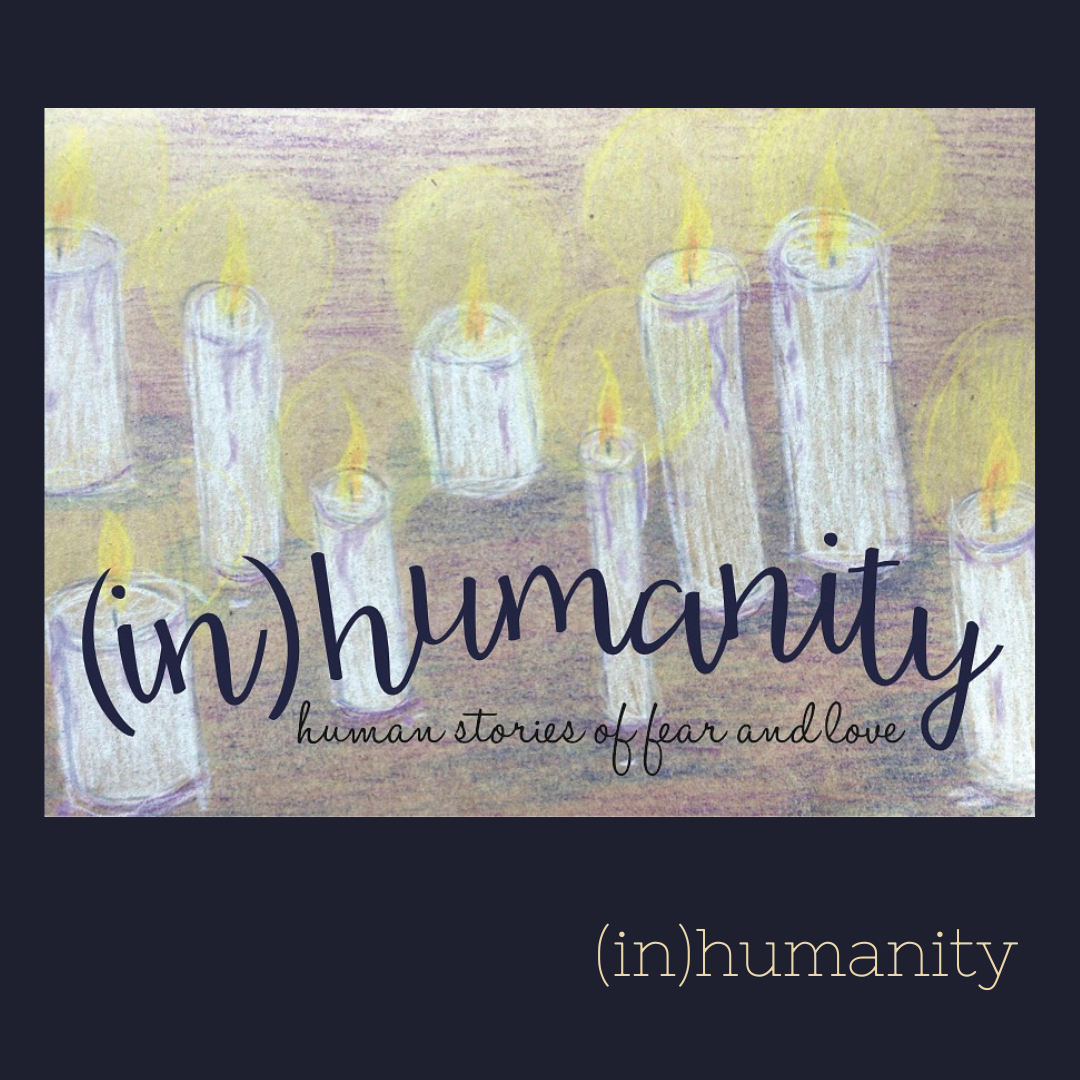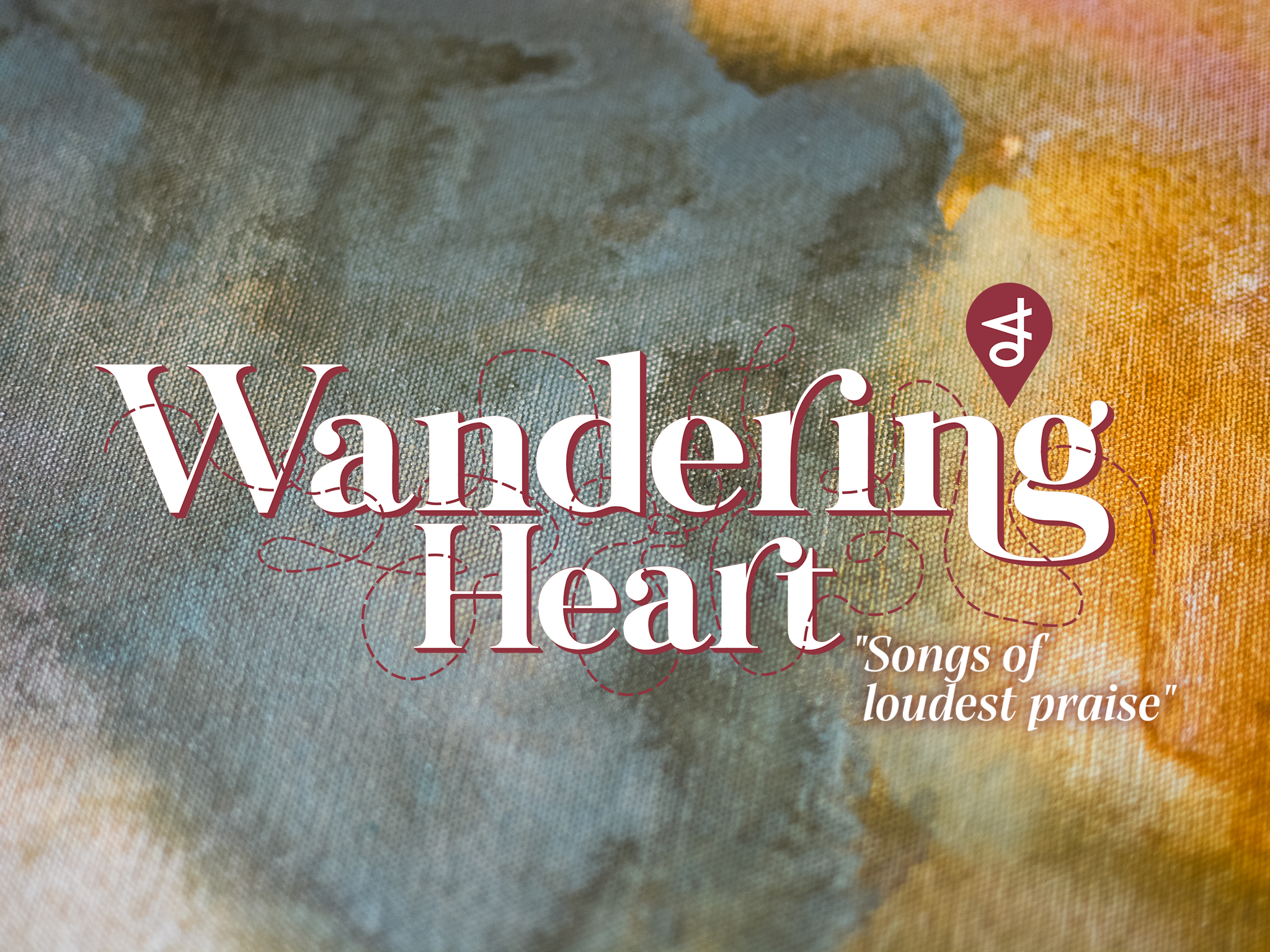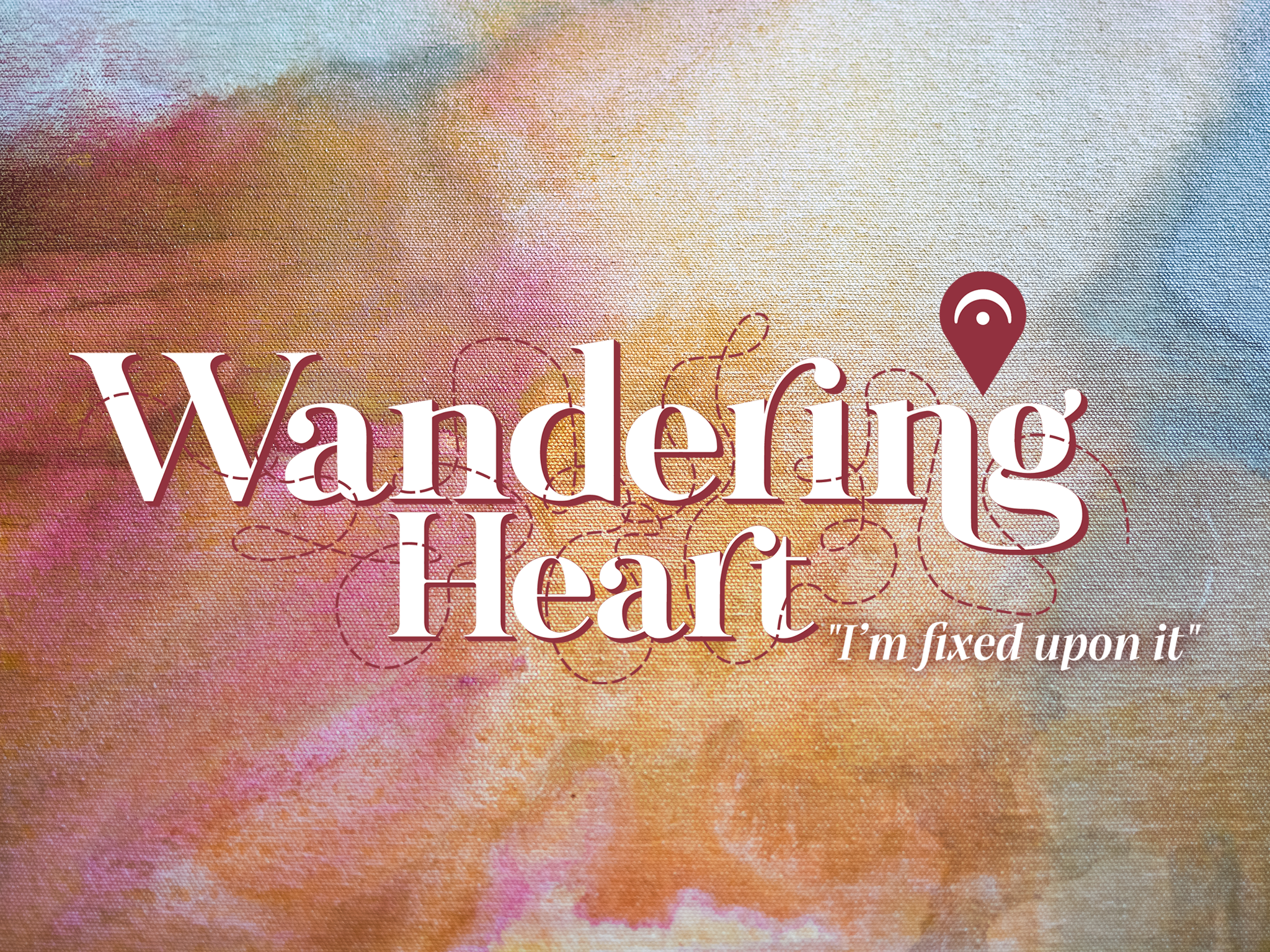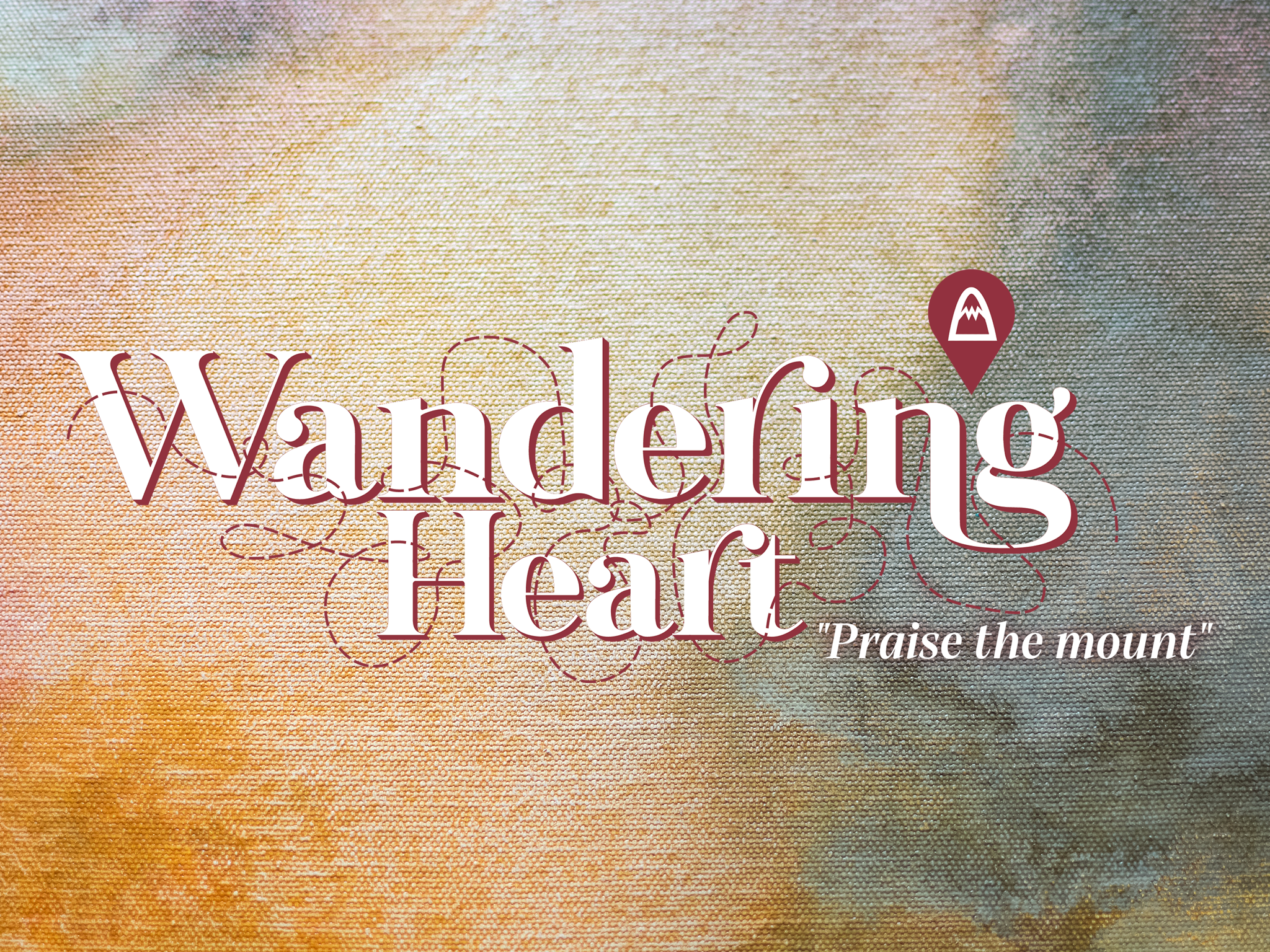Reflection for Unley Uniting Church, 16 April 2023 : Easter 2
John 20:19–31
Peace for his disciples
1 The beloved
It was strange:
before he said peace,
before we knew he was there,
I felt peace,
or warmth, or calm
Peace be with you.
Oh, to hear his voice again.
Oh, to be in his presence again.
And oh, those marks of death,
brought back our desertion again –
and yet, again: Peace, he said.
Peace be with you, and take my peace
with you, and the Spirit of the Divine.
Forgive others’ turning from the Way
of Love, and they are forgiven –
Peace. Take my peace into the world!
2 Thomas
It was strange,
them saying they’d seen him,
heard his voice again.
I could not imagine it,
could not remember him
telling us this would be the Way.
Oh, fear, you reliable Tyrant.
Peace be with you.
And just as they had said,
I’d felt it before he spoke it,
his blessing, his presence,
his peace
unlike any peace you’d experience
anywhere else
I pray you will not fear,
but will trust the stories we tell,
and the Spirit he breathes
through us and those stories –
trust
trust in his peace
It’s strange, alright.
And it is life!
Sarah Agnew – Pray the Story
Peace in the midst of fear
Picture those disciples, locked away from a world turned upside down; a world full of threat to all they had come to hold dear. locked away in their fear.
So to receive peace in the midst of such fear – what a gift!
And what trust and openness we must bring to the encounter, in order to receive that peace. To receive it enough to effect change. For what is peace if it brings about no transformation at all?
Transforming fear with its energy.
Transforming scepticism with its presence.
Transforming despair, grief, sorrow.
And not always removing the grief or sorrow. Transformation – peace – looks and feels different for each of us, in any given situation.
The story today does not narrate for us the transformation that happens for the other disciples in the presence of Jesus, Light of Peace: only for Thomas. So we have to imagine. They are in this group, each as unique as we all are from each other. Fear will be making some of them restless. Some angry, some depressed.
He breathed on them
Receive the Holy Spirit
he breathed on them
does that remind you of God breathing life in the beginning?
of God breathing life into bones in a valley?
of John’s ode to Jesus at the opening of his account of the good news, Jesus, Word, life in the beginning, source of all life, with, God
of Jesus, breathing life into what has died, breathing life
now, that’s not peaceful
that is disturbing, disrupting
that’s not calm
that is animated,
it’s not serene and lovely
it’s smelly and offensive
and the disciples are in the midst of such disruption, animation, offense to their every sensibility – what is peace in the midst of your teacher coming back to life?
peace: to remain calm whilst all around is turmoil
when has someone been that calm in a storm for you?
peace: to breathe deep when your heart is pounding, racing, so that you may move forward and not freeze
when have you taken breaths like that yourself?
peace: to remember who you are, when someone or some circumstance threatens to destabilise
to remember
re – member
put back together
peace does not always remove the chaos, the threat, does not always stabilise a situation
but it can hold you together, help you retain your hold on life
it can hold us together, stronger than if chaos is allowed to tear us apart
Peace seeks life
Some years ago I composed a series of stories, which I called (in)humanity. I composed them mostly from true stories I had heard of people who had acted with the beauty and courage of the best of humanity in the face of horrors caused by the worst in us.
One, Raoul Wallenberg, a Swedish diplomat who was sent to Budapest towards the end of World War II, to issue diplomatic passports to Jews with Swedish connections, to save them from the worst. Wallenberg rigged up a machine in the back of a car, and produced tens of thousands of passes more than the 13000 for which he had official permission. He gathered people around him, inspiring efforts to save around 65 000 people over time, driving up to the lines and pulling people out, using all his charm to play to German bureaucratic sensibilities and bluff their way clear. He couldn’t save them all, but he saved who he could. He was pursued by the authorities, by Adolf Eickmann in particular, and in my story, I tell of Eickmann draw closer and closer to Budapest, Wallenberg sleeping no longer than one night at a time in borrowed rooms, until, when Eickmann is on the edge of the city and the Russians arrive to stop them, Eickmann goes out to meet the Russians to plead for the people, and is never seen or heard from again. It is assumed he was thought an enemy spy and taken to a Goulag, where he died before anyone was able to find him and vouch for him.
This, to me, is a picture of peace. Of the kind of peace Jesus lived and breathed, died for and lived for again. It is anything but calm – it is heart-pounding, risky, life and death reality. But it is the insistence on life in the face of death’s pursuit. Of love in response to the harm caused by fear and hatred. To have your life saved – to be pulled out of the line of fire at the last minute – what a feeling of peace that must have been. Disturbing, incomplete peace, no doubt, but the peace that is none-the-less, life beginning again.
Wallenberg was not a person of practicing faith. He had some Jewish heritage, I believe, but was not himself Jew or Christian that he claimed. In his actions, we can see that he seems to have understood the concept that we are not free unless we are all free. That our freedom – our peace – is incomplete unless it is lived towards the pursuit of peace and freedom for others.
Peace trusts Life
Another story I told in that (in)humanity series was of Elizabeth, an anabaptist woman in Holland, incarcerated with her husband for being anabaptist. Given a death sentence by the state for practicing Christian faith and spirituality differently to the state decreed practices. We are in Reformation era Europe. Elizabeth wrote a letter to her daughter, Janneken, with whom Elizabeth was pregnant when sentenced to death, delaying Elizabeth’s execution until her baby was born. Janneken’s father, Elizabeth’s husband, had been executed earlier. Elizabeth writes to her daughter of her trust in God, in the Way of their community, and in her community. Elizabeth writes an exhortation to her daughter not to lose faith in God, but to trust that her parents have been welcomed home into the Divine embrace, that God is present with Elizabeth as she prepares for and faces death.
As I tell the story, I use the words of Elizabeth herself from the letter, which survives, though I have adapted them a little for the sake of my telling of this story. I place Elizabeth in the prison cell, reading the letter aloud to the infant Janneken, before tucking it and a pendant into the baby’s blankets. Elizabeth interrupts her reading of the letter with exclamations at the approaching guards, coming to take her to her end. The first time I told it, I was in a Reformation Church History class at Uniting College, this was for an assignment; I took off a gold medallion I had inherited from my grandmother, tucked it into some blankets that represented the baby, with the letter, and walked out of the classroom, shutting the classroom door behind me to end the story.
Elizabeth’s letter exudes peace, even as I infused the final moments with her daughter with trepidation – the mixed emotions we find in the story of Jesus, which we heard last week. Take this cup from me. Let me stay with my daughter. But this is not your Way, God, to pull strings, to diminish the witness to love and faithfulness that is courage and commitment in the face of death.
For the witness Jesus and Elizabeth give, is to life that transcends death – and here – here – is peace. is the choice of life, true life, life in the radical and paradoxical Way of God. Is trust in that life. in the Source of that life.
Peace, it seems, has a quality of life, of being alive, to it. has a quality of love and fulness of being to it, recognising that I am not fully alive, or at peace with myself, without seeking life and wellbeing, and peace, for you.
Peace has a quality of trust to it. Trust in life, in the fulness of life to which Jesus points with his living and teaching, his dying and rising back into life.
Peace: transforms for life
Trust in life and the source of life even as you walk towards your death. Peace.
Commitment to life and preserving it where you can, with all you have, even putting your own life at risk. Peace.
Openness to life, even when it confronts all you thought you knew life was and could be, to the presence of the Holy through, beyond, after, even death. Peace.
Peace is a gift for each of us, for all of us. If we accept it, it will disturb us, unsettle us, and transform us into the seeking of life, of peace, for all.
May it be so.
Amen.





Leave A Comment